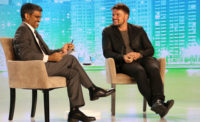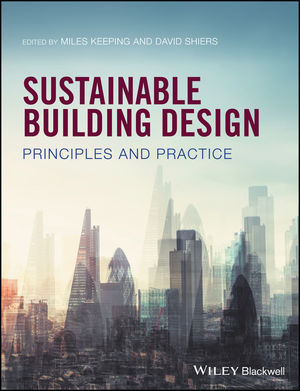Green building activity could take a hit in this troubled economy, but there's still a bull market in green standards, ratings and certification programs. And now, Underwriters Laboratories, the 115-year-old product safety and certification organization, is joining a long list of industry players, offering services for verifying building product claims and certifying compliance with existing standards.
UL Environment, the new division focused on green building products, is entering a crowded market promising to help cut through the thicket of sustainability claims with an Environmental Claims Validation (ECV) service. "There's fragmentation in the marketplace, a lack of credibility. It's often a matter of self-declaration," says Chris Nelson, UL's director of global commercial development.
The program is now in a pilot phase, with UL testing materials for recycled content, the presence of banned substances, and for emissions from volatile organic compounds. The organization will devise and conduct the ECV tests on manufacturer-supplied samples then post results and testing methodology details at ULEnvironment.com. Manufacturers whose products pass will be permitted to use the UL Environment logo in their marketing material, though not on product packaging.
The organization also plans to launch a second service to validate compliance with industry standards, such as those from the IEEE, ASTM International, and the Business and Institutional Furniture Manufacturers' Association (BIFMA). UL Environment will follow the test methods defined in the relevant standards, according to Nelson.

UL Environment will charge on a per-product and per-claim basis. Manufacturers can also enter into yearly service agreements with discounted fees for multiple product tests.
Designers, product specifiers, contractors, and clients already confront a confusing array of green standards, labels, and organizations. For example, nonprofit Green Seal generates standards for adhesives, mechanical equipment, and windows and doors, and grants certification based on factory inspections, third-party lab tests, and other criteria; nonprofit NSF International conducts third-party tests and partners with industry groups to draft sustainability standards; and third-party lab, Scientific Certification Systems, also certifies green products and validates product claims.
While each new player has the potential to add to the confusion, UL, with its recognized name, could help educate designers about the need for reputable third-party testing, according to Chris Sawyer, a senior specifier, at HLW International in New York City. "If it's another way of doing due diligence, then I think that's a positive,” he says. However, he adds that there is a need for a central clearinghouse for reliable product information. Even experienced product specifiers have difficulty keeping certification schemes and labels straight, he says.




